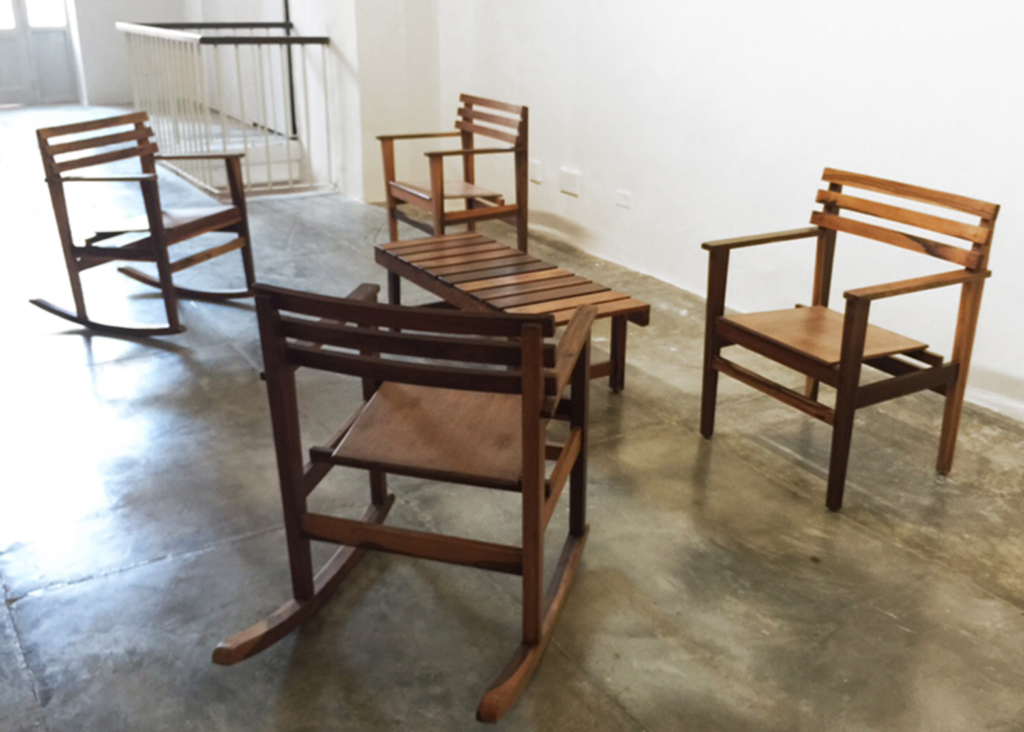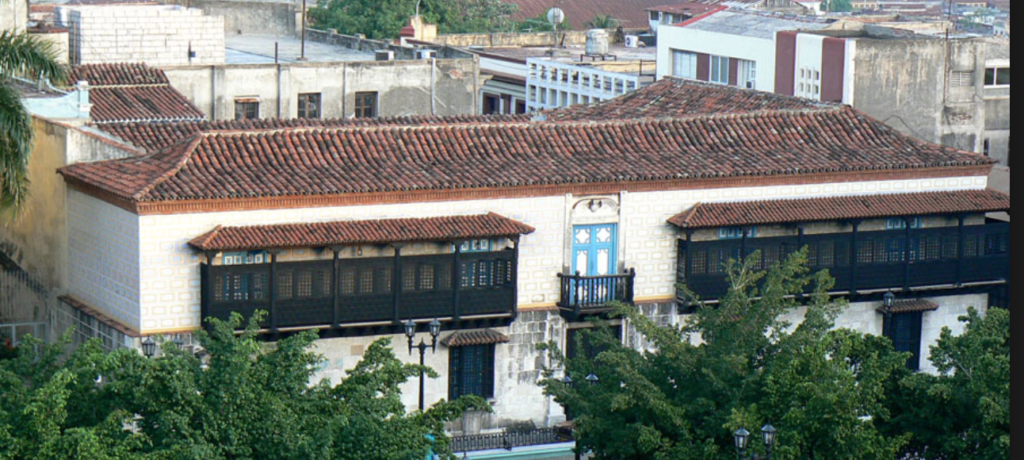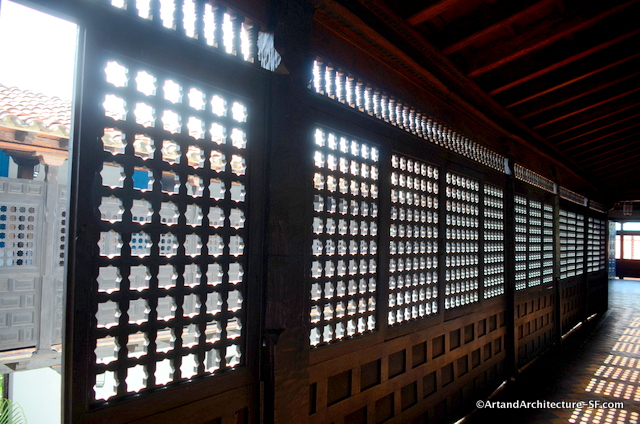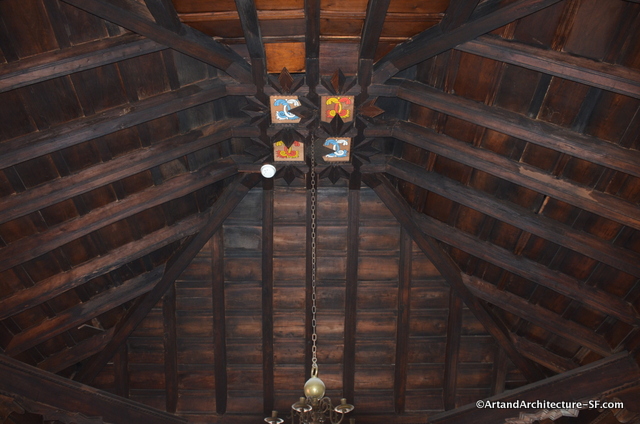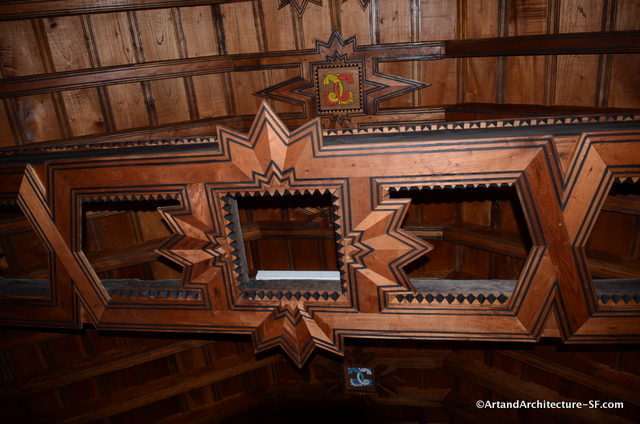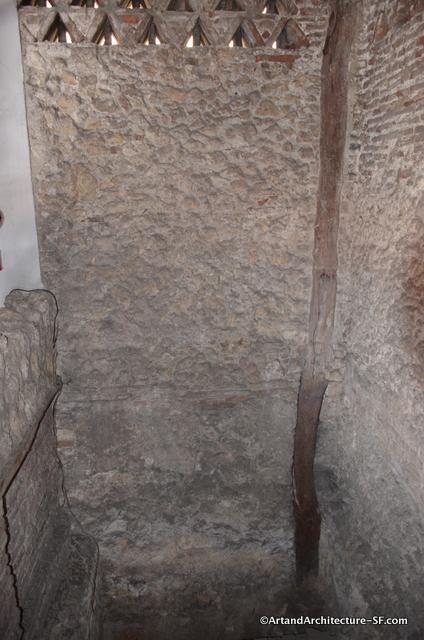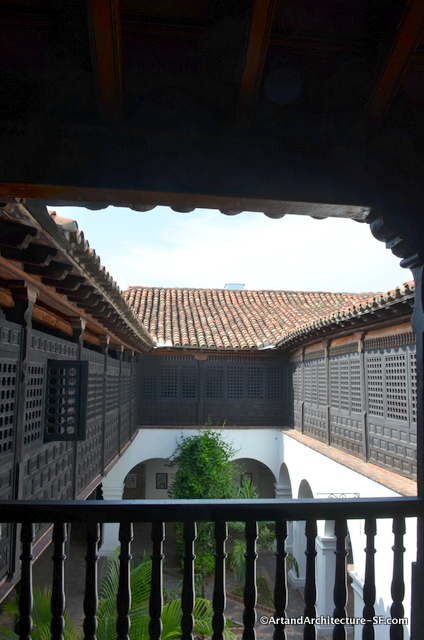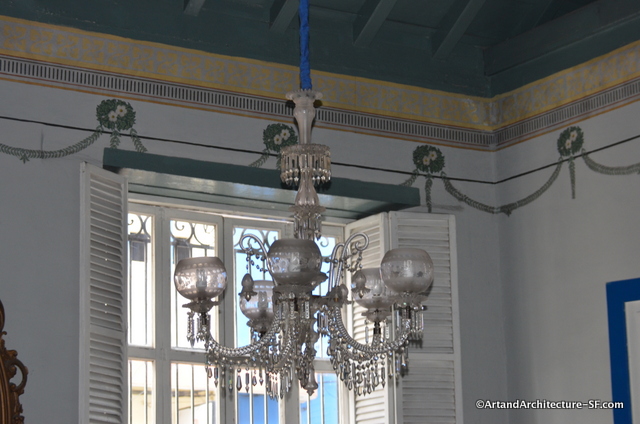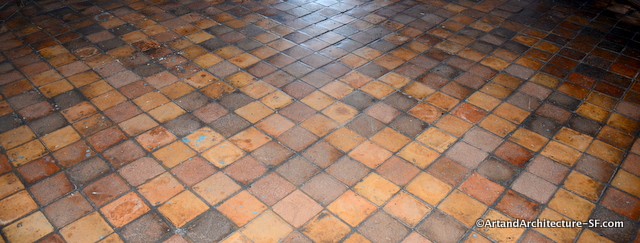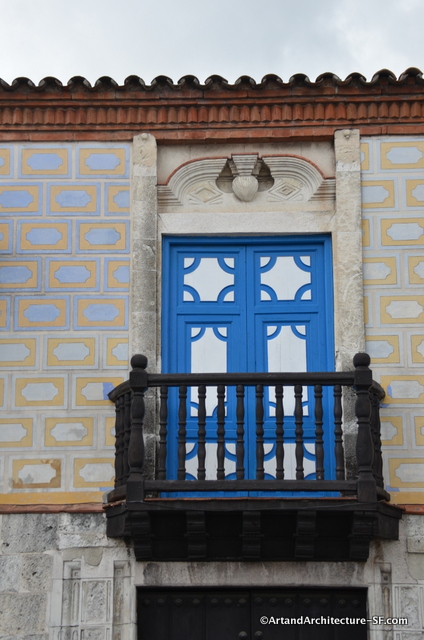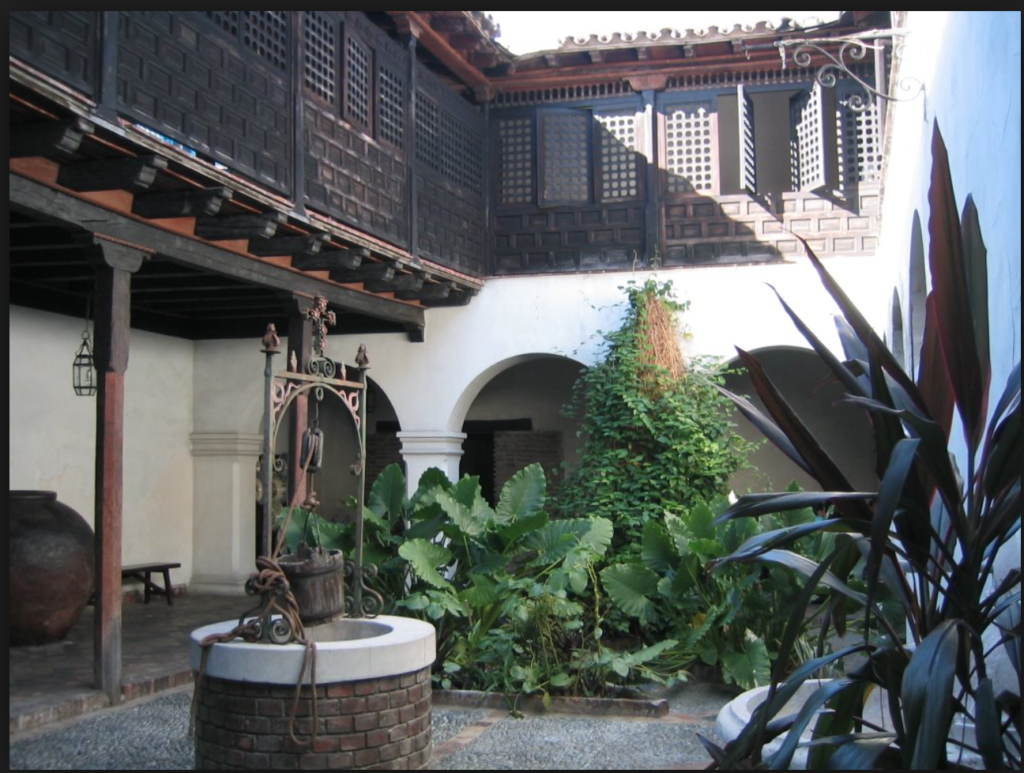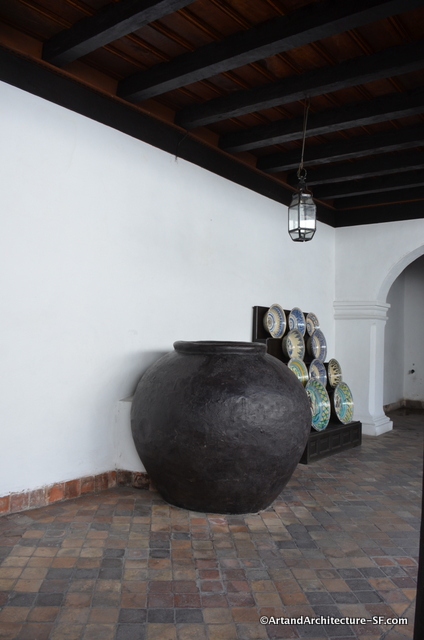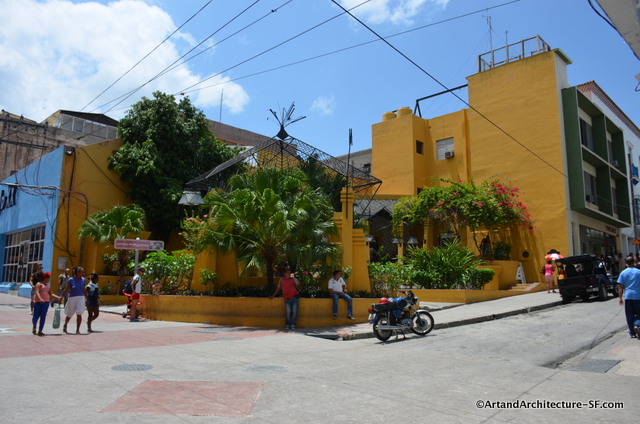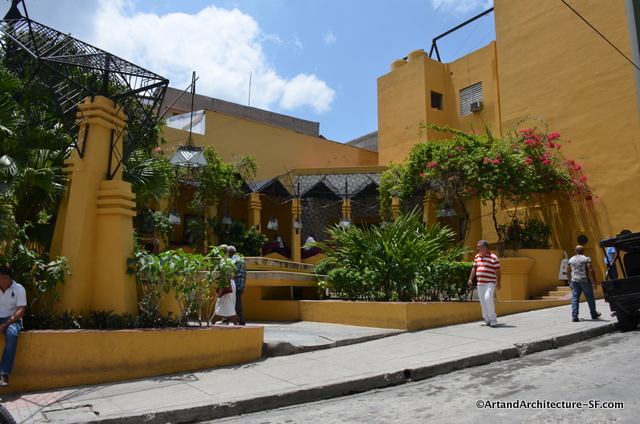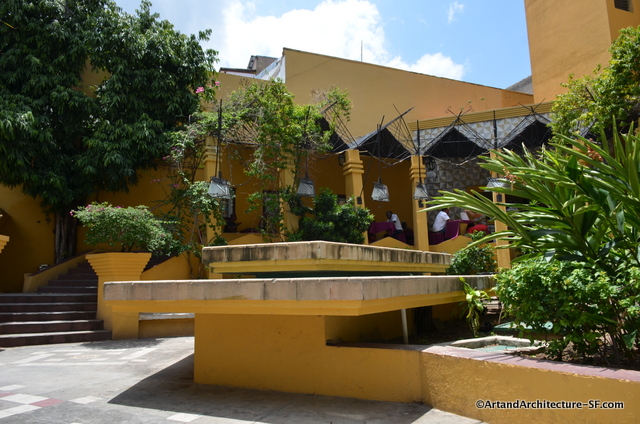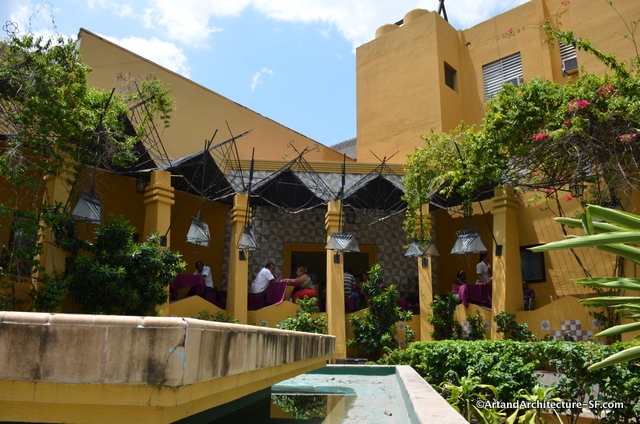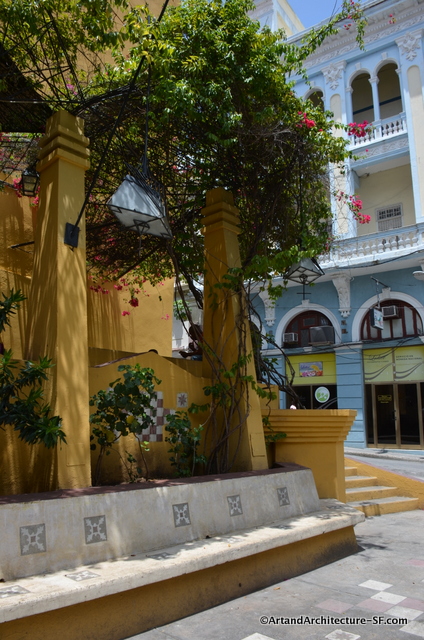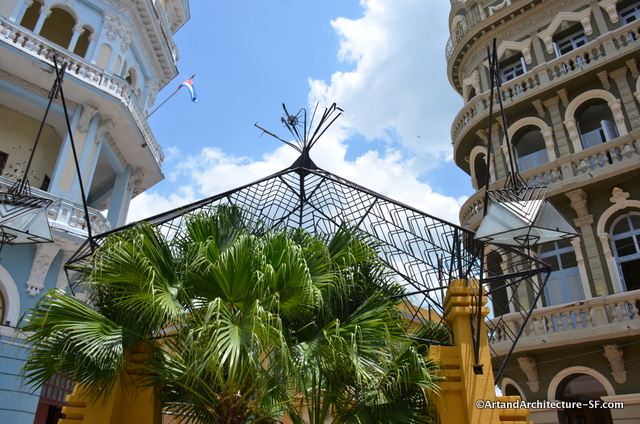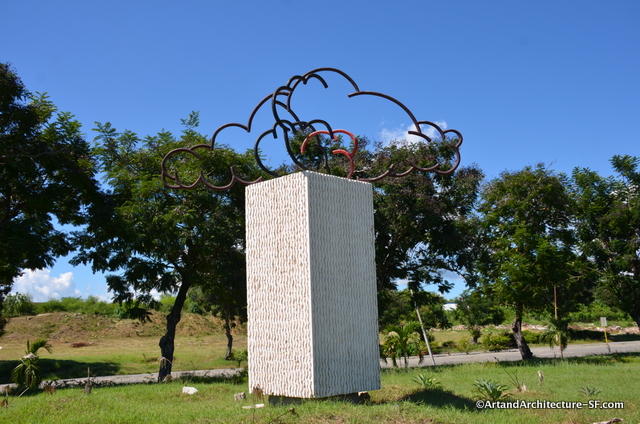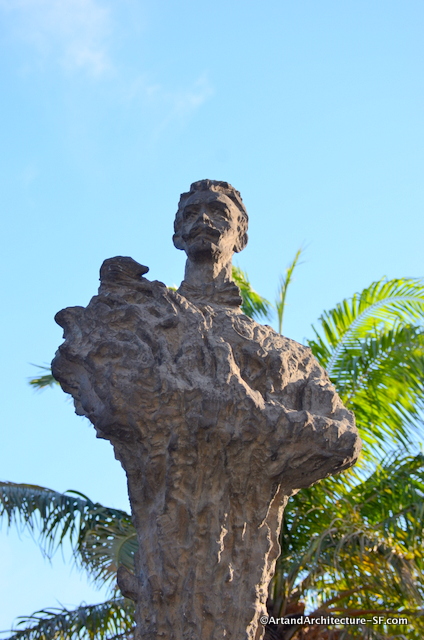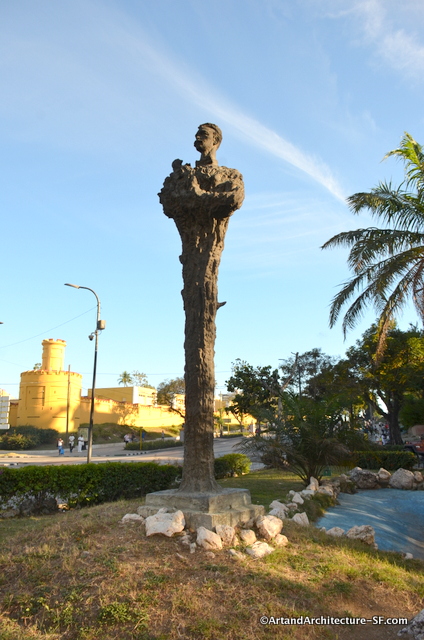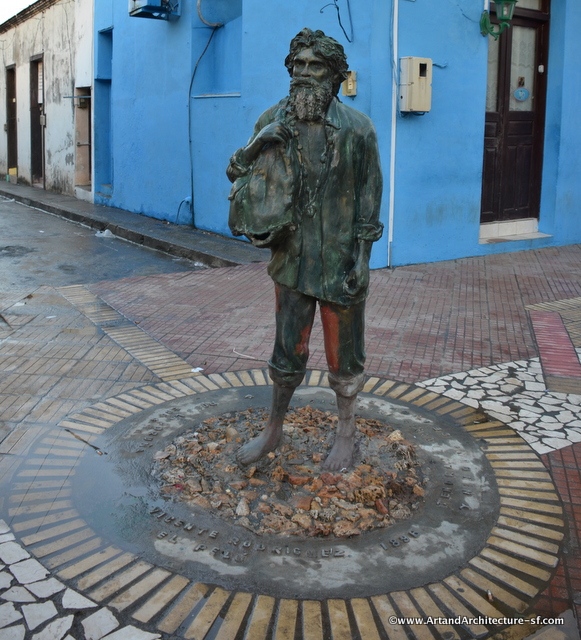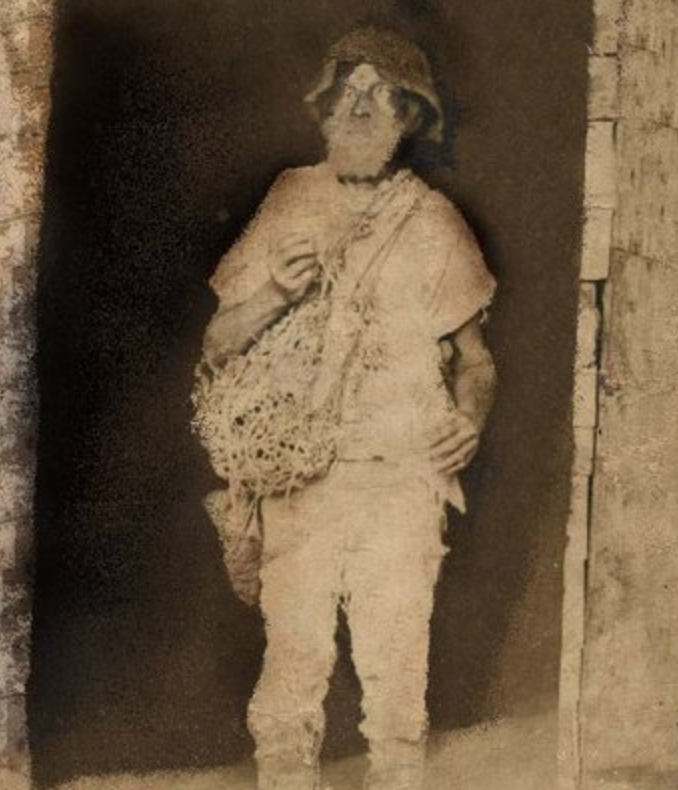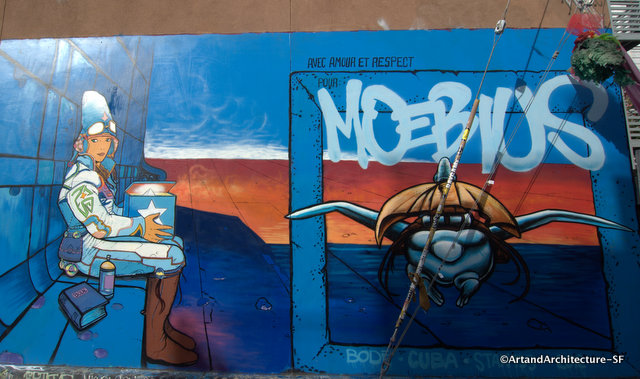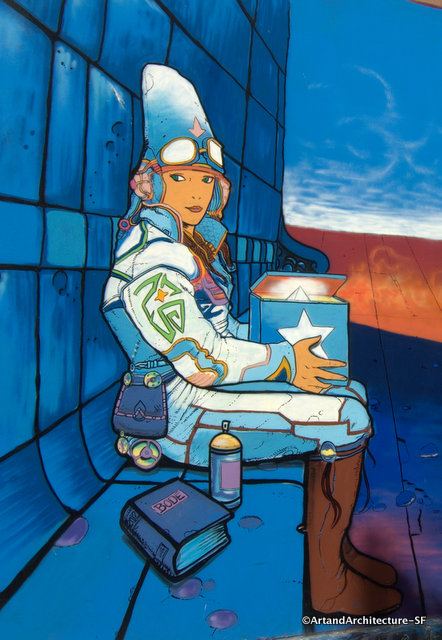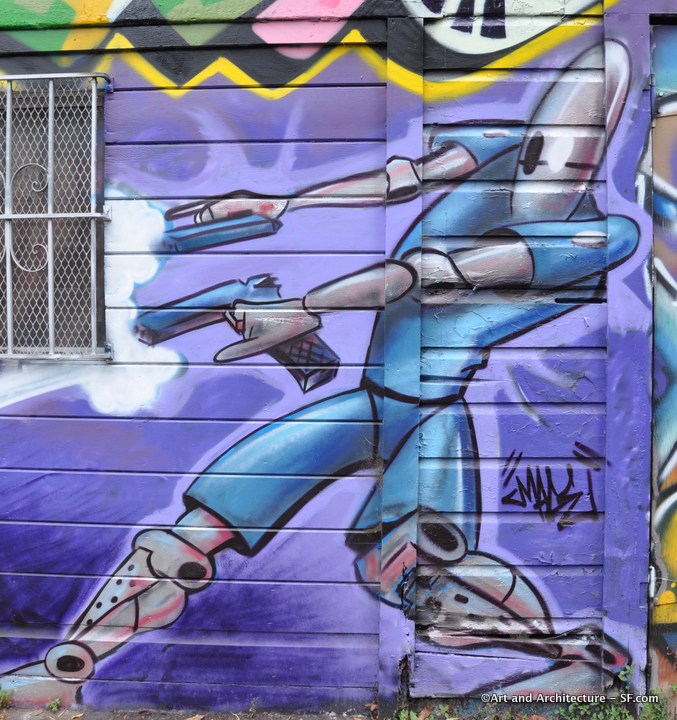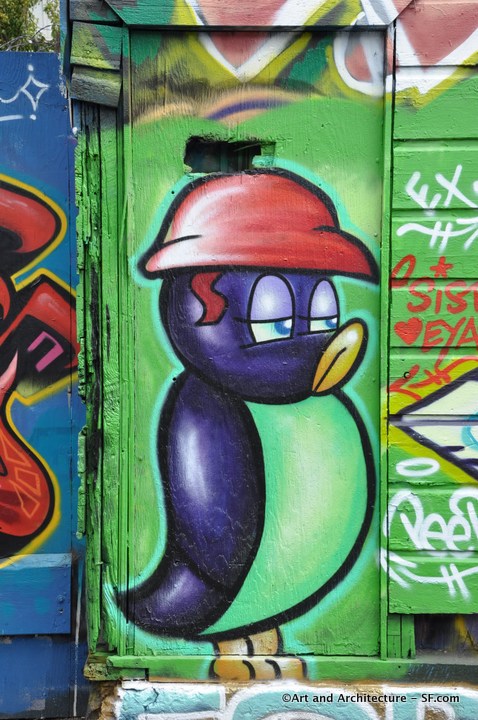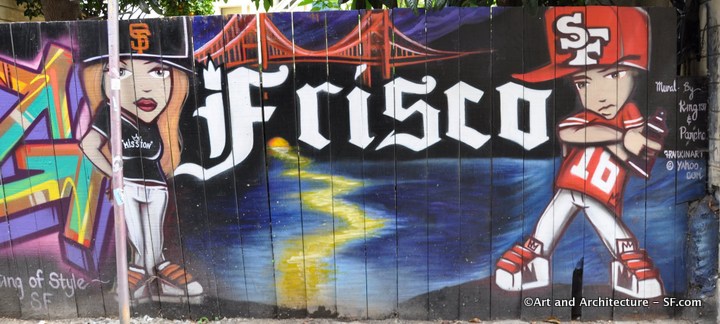Nespresso is running an ad for Cuban Coffee. On Sunday June 26, 2016, they took out a full page ad using Hemingway’s home in Havana as the perfect backdrop. There in the photo were two exquisite Clara Porset chairs. I thought it time to talk about her.
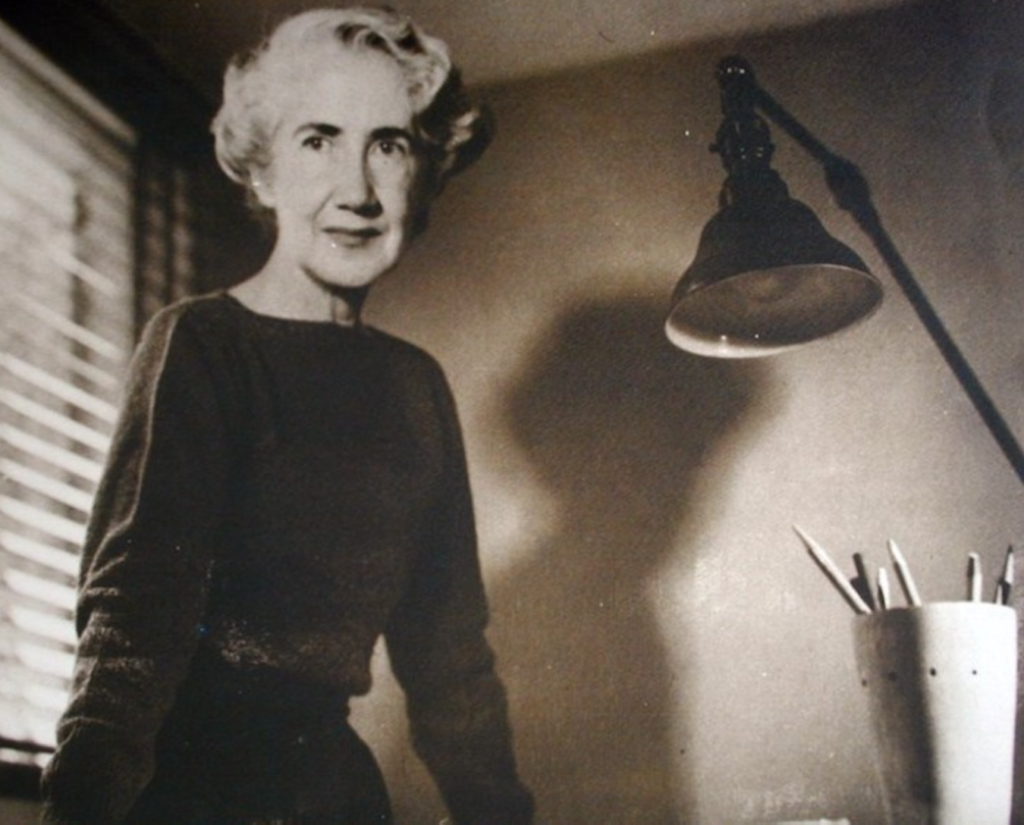
Courtesy Museo Franz Mayer, Mexico D.F.
Clara María del Carmen Magdalena Porset y Dumás was born in Matanzas, Cuba on May 25, 1895.
Born into wealth she had the luxury to be educated in New York at Columbia University’s School of Fine Arts, as well as in Paris, where she attended classes at the Ecole des Beaux Arts, the Sorbonne, and the Louvre.
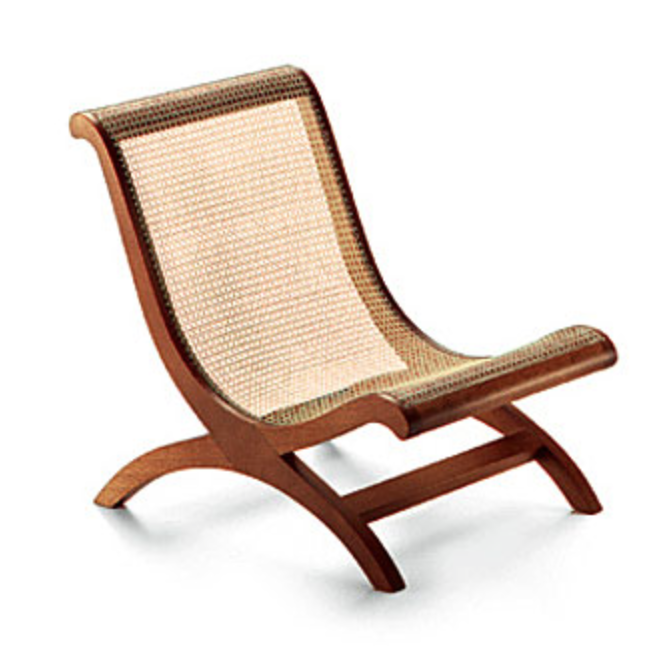
In 1940 Porset made a cheaper version of William Spratlings Butaque chair. These are the ones in Hemingway’s home.
In 1922 she was exposed to the Bauhaus school of design and had hoped to study in Germany, however, Hitler was on his way to power and her dream went unrealized. During this period she met Walter Gropius and Hans Emil “Hannes” Meyer who’s continued correspondence and friendship would help her to finally achieve her goals of Bauhaus study.
In 1932 Porset returned to Cuba and began working as an interior designer, designing for both private and public clients. She often gave lectures with the goal of educating the Cuban public about the principles of modern design. She also worked actively to promote her profession, arguing that the role of the interior or furniture designer was just as important as that of the architect.
However, she was a leftists in a country ruled by the Machado dictatorship. Under the advice of Gropius and Meyer she left for the United States and spent a summer at Black Mountain College in North Carolina where, she took a course taught by Josef Albers (modeled closely upon the course he had taught at the Bauhaus school).
Porset would adhere to the tenets of Bauhaus throughout her life.
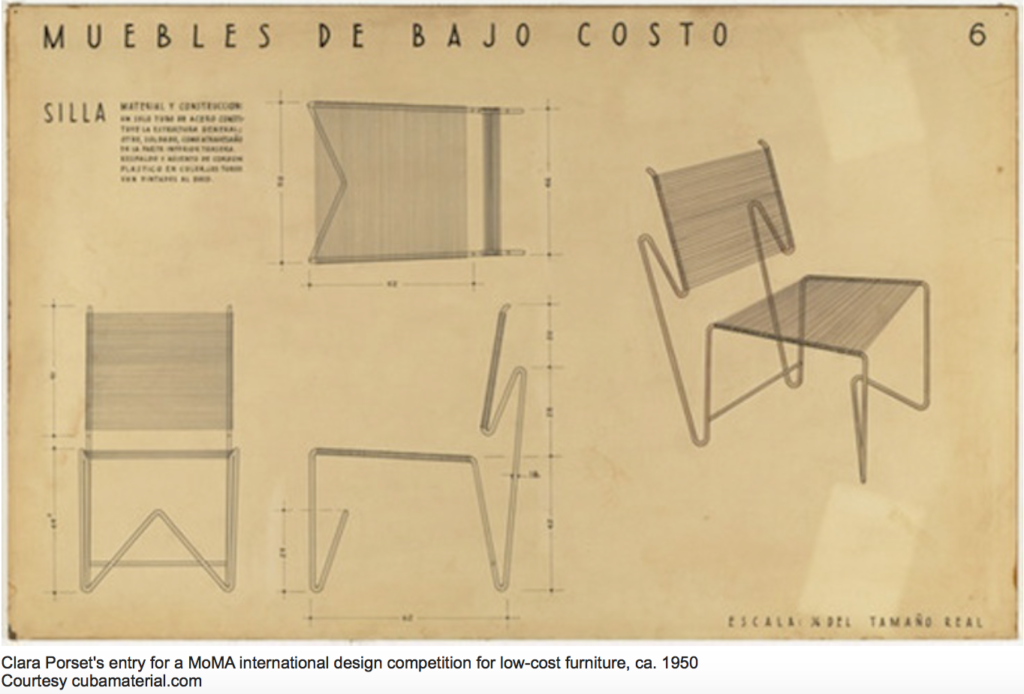
The revolution in Cuba kept Porset from returning. She settled in Mexico with her husband, the painter and muralist Xavier Guerrero.
Porset returned to Cuba in 1960 and received commissions from Che Guevera. She also designed furniture for the Camilio Cienfuegos School, a teacher training school in Sierra Maestra. She designed furniture for the National Art School designed by architects Ricardo Porro, Roberto Gottardi, and Vittorio Garatti.
During this time she was also designing furnishings based on the traditions of Cuban colonial furniture, with curved shapes, wicker work, and fabrics.
Her number-one priority was the founding in Cuba of a School of Industrial Design, but due to outside circumstances the school was never realized.
She eventually returned to Mexico where, on the campus of the National Autonomous University of Mexico (UNAM), she founded a School of Industrial Design.
Dorset died in Mexico in 1981.
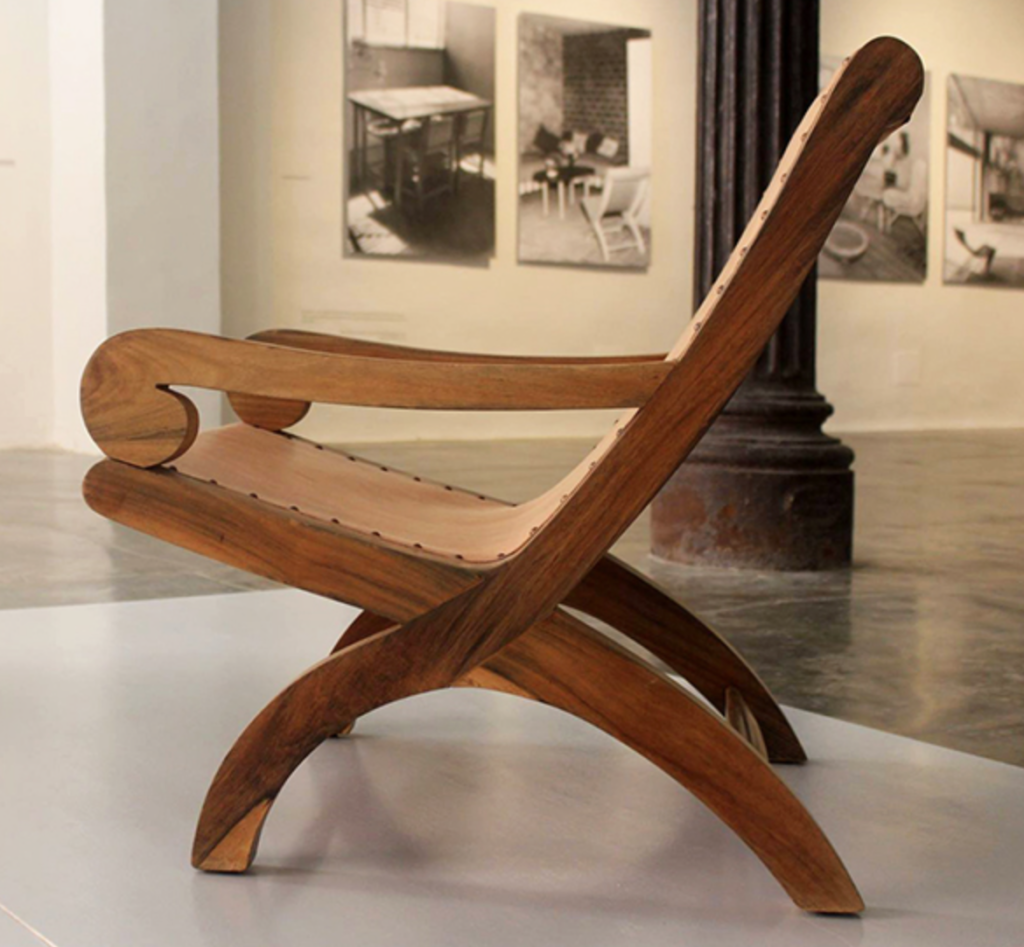
The Miguelito Chair. Photo courtesy of Factoria Habana
In 2016 there was a retrospective of Clara Porset’s work at the Havana Design Biennial. Designboom did a wonderful article on the retrospective that you can read here.
